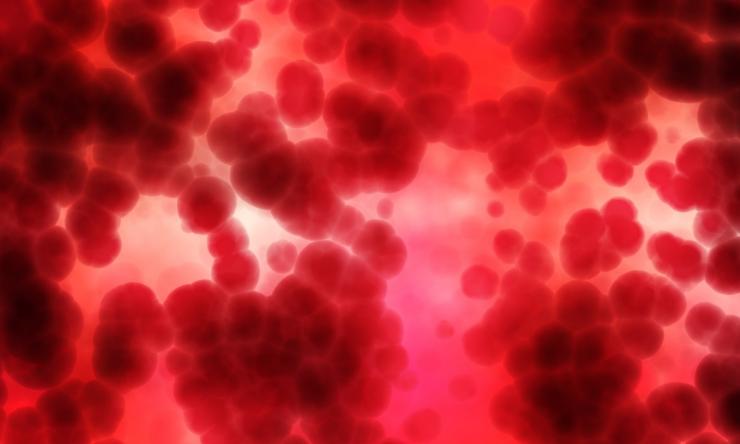Circumvent poor circulation
Cramps, tingling and pain in the extremities can be symptoms of poor blood circulation. Left unchecked, bad circulation can turn into worse health outcomes. An expert with Baylor College of Medicine breaks down some warning signs of bad circulation and treatment options for this condition.
“The body tries to protect blood flow to the vital organs, which is why symptoms of poor circulation are usually first noted in the extremities,” said Dr. Veenadhari Wang, assistant professor of family and community medicine at Baylor. “Blood delivers oxygen and other important nutrients to the rest of the body and then carries away waste, so anything that gets in the way of the flow of blood will impact this function.”
Poor blood circulation can be caused by numerous environmental and genetic factors, Wang said. Atherosclerosis, the buildup of cholesterol and fat in the blood vessel walls that can lead to a narrowing of the arteries, is a common condition found among smokers and diabetics. Conditions that damage the blood vessels, such as hypertension and inflammation, and blood clots also can have negative impacts on blood flow. Family history of atherosclerosis, diabetes or high cholesterol are genetic factors that can put people at a higher risk of facing poor blood circulation.
Men, older adults and people of African American descent are also at a high risk of facing circulation issues. If left unchecked, circulation issues can impact vital organs like the heart and liver.
Early signs of poor circulation may be difficult to spot as noticeable symptoms typically appear at advanced stages of other diseases. Typical symptoms include burning pain in the forefoot or toes when a person is sedentary or pain in the thighs, calves or buttocks after walking that goes away with rest. Wounds that do not heal quickly or skin that discolors are also a sign you may be experiencing circulatory issues.
Though there are many ways to manage chronic diseases that can lessen pain caused by poor circulation, Wang says lifestyle changes are the best way to prevent them from manifesting in the first place. Behaviors like smoking cessation, exercising regularly, taking cholesterol medication and losing weight can help these symptoms. Medications also can be prescribed in addition to lifestyle changes for severe cases of bad blood circulation. If symptoms are not controlled after a few months, doctors may recommend surgical options, like balloon angioplasty where a narrowed blood vessel is opened more or a surgical bypass to direct blood flow around an obstruction.
“The best way to treat poor circulation is to prevent it in the first place by reducing risk factors like smoking, while maintaining plenty of physical activity to keep your heart and blood vessels at their healthiest,” Wang said.










